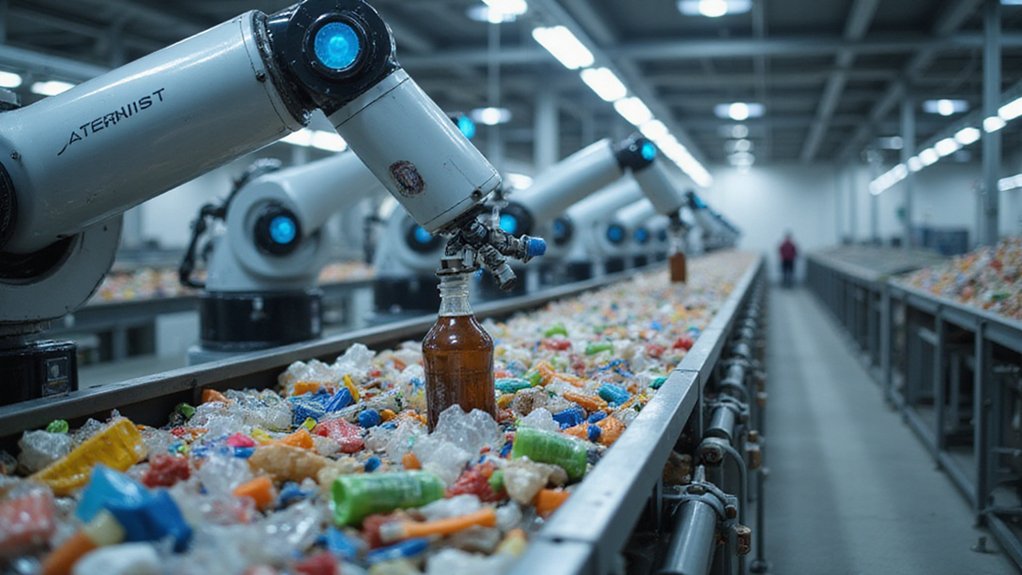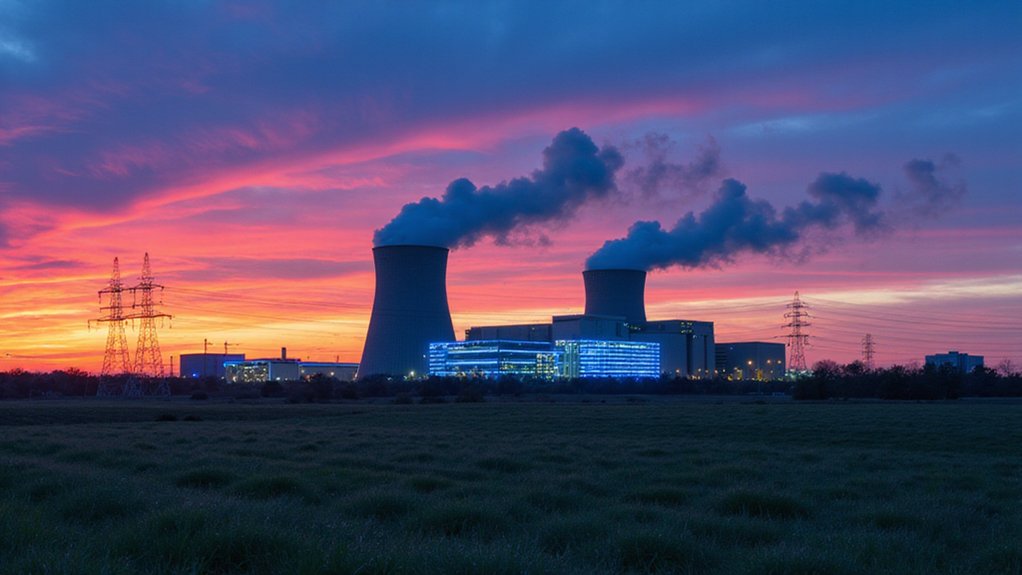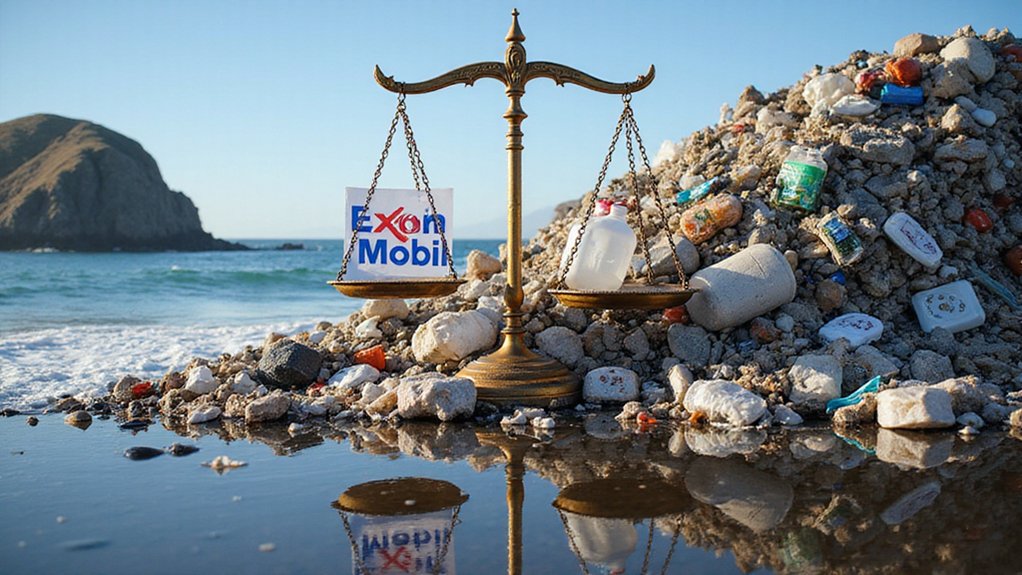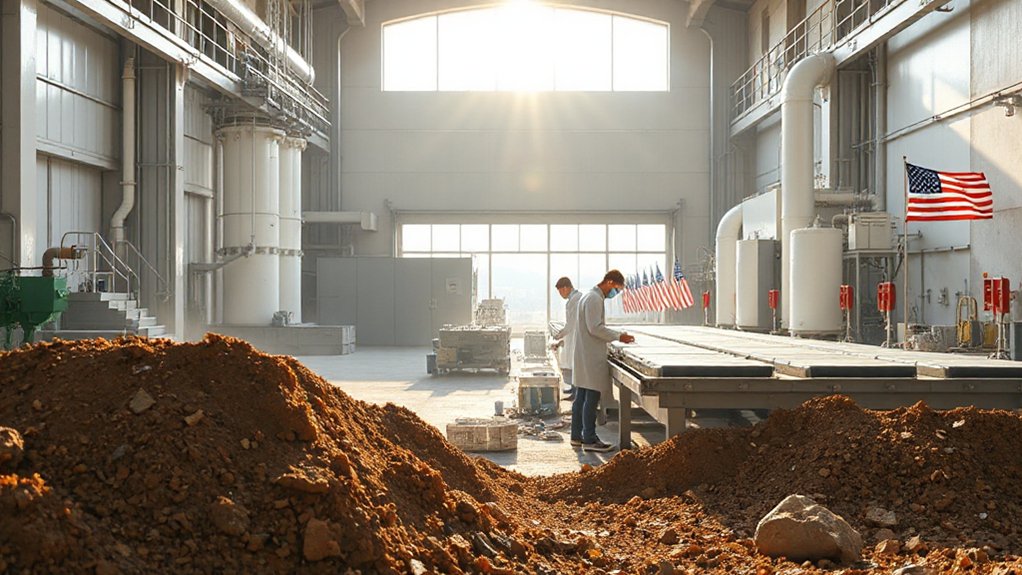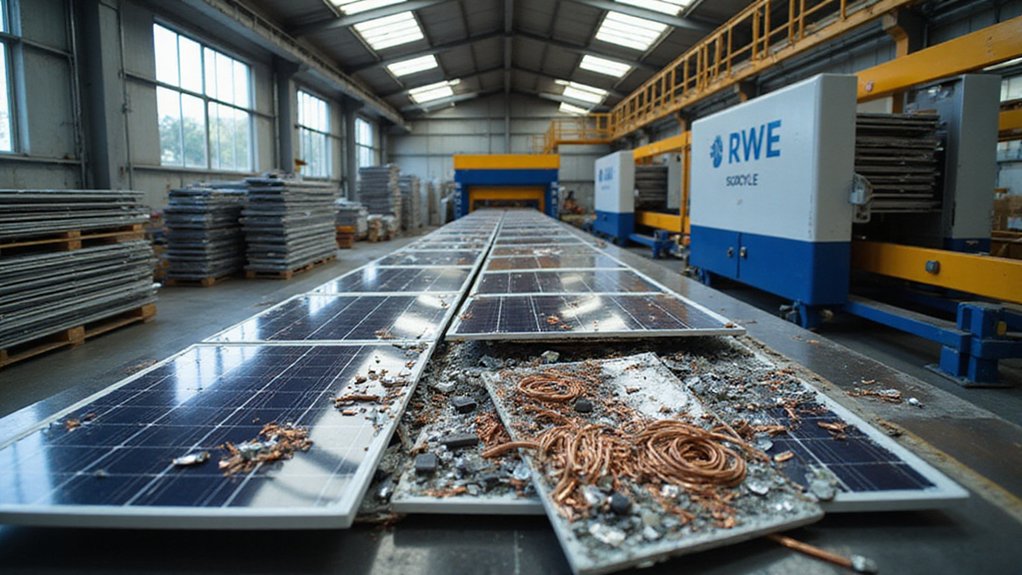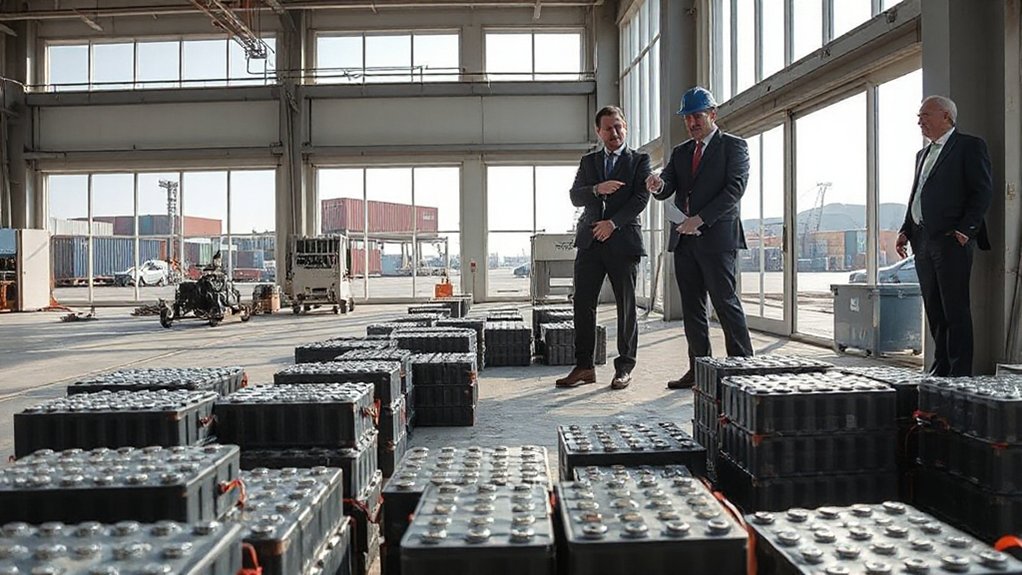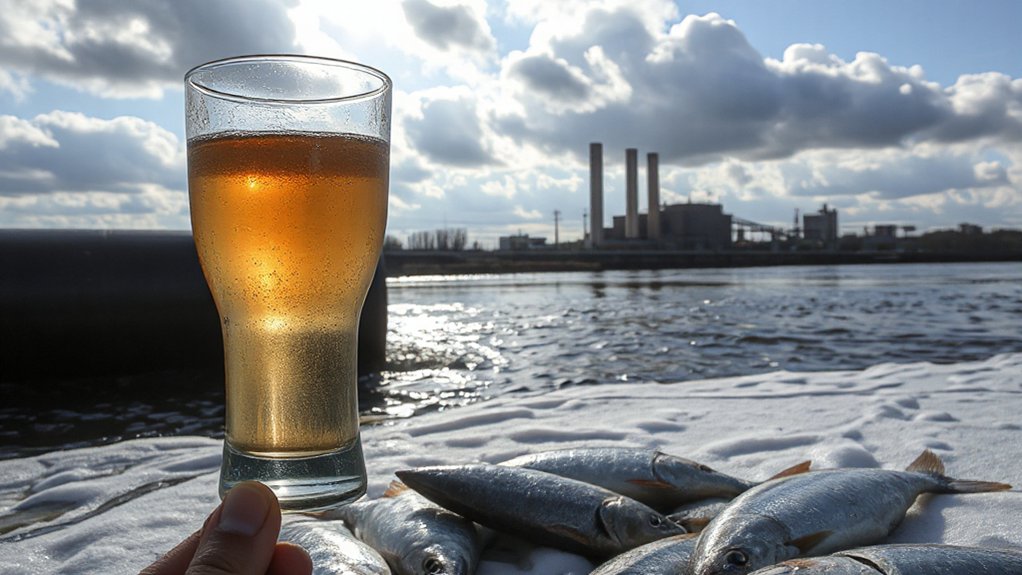While humans struggle to tell a yogurt cup from a shampoo bottle, artificial intelligence doesn’t break a sweat. AI-powered recycling systems now identify and separate over 50 different types of recyclable plastics with up to 98% accuracy. These smart machines are literally saving tons of plastic from landfill doom – and they’re doing it cheaper and faster than we ever could.
The numbers don’t lie. Material recovery rates have jumped by 30% with AI sorting technology. These systems process a whopping 2 tons of waste per hour, compared to a measly 0.5 tons when sorted manually. Humans are slow. Machines are fast. It’s that simple.
Money talks, and AI is speaking volumes in recycling facilities. Operational costs drop by 25% after implementation, while sorting speed increases by 50%. Labor costs plummet with up to 80% automation in waste sorting. Machines like Antfarm X1 sort 700 items per minute without complaining about working conditions or needing bathroom breaks. Predictive maintenance capabilities further optimize operations by anticipating equipment failures before they occur.
AI slashes costs while doubling productivity. No coffee breaks. No complaints. Just efficiency that makes economic sense.
Contamination – the recycling industry’s nemesis – gets hammered too. AI integration slashes contamination levels by nearly 40%, with detection accuracy exceeding 95%. The result? Recycled material quality jumps 20%. Better quality means higher value. Duh.
The market’s responding accordingly. Valued at $400 million in 2022, AI in waste management is growing at 22% annually through 2030. Companies like Bollegraaf and Greyparrot are retrofitting thousands of facilities globally. Similar to how precision agriculture reduces pesticide usage by up to 20%, these AI systems minimize waste by targeting exactly what can be recycled. These advanced technological solutions have increased the recycling rate of electronic waste by 22%.
There’s a human upside too – worker injuries have dropped by 35%. Turns out, having robots handle sharp, contaminated waste is safer than using human hands. Who knew?
Beyond sorting, AI enhances chemical recycling methods, supports novel material discovery, and improves traceability across the recycling chain. It’s not just about catching more plastic – it’s about transforming the entire system. The robots aren’t coming for recycling jobs. They’re already here, and they’re crushing it.
References
- https://zipdo.co/ai-in-the-recycling-industry-statistics/
- https://polynextconf.com/ai-in-plastic-recycling/
- https://www.informationweek.com/machine-learning-ai/ai-and-the-war-against-plastic-waste
- https://news.climate.columbia.edu/2025/06/18/how-ai-is-revolutionizing-the-recycling-industry/
- https://www.greyparrot.ai/waste-and-recycling-statistics-2025
